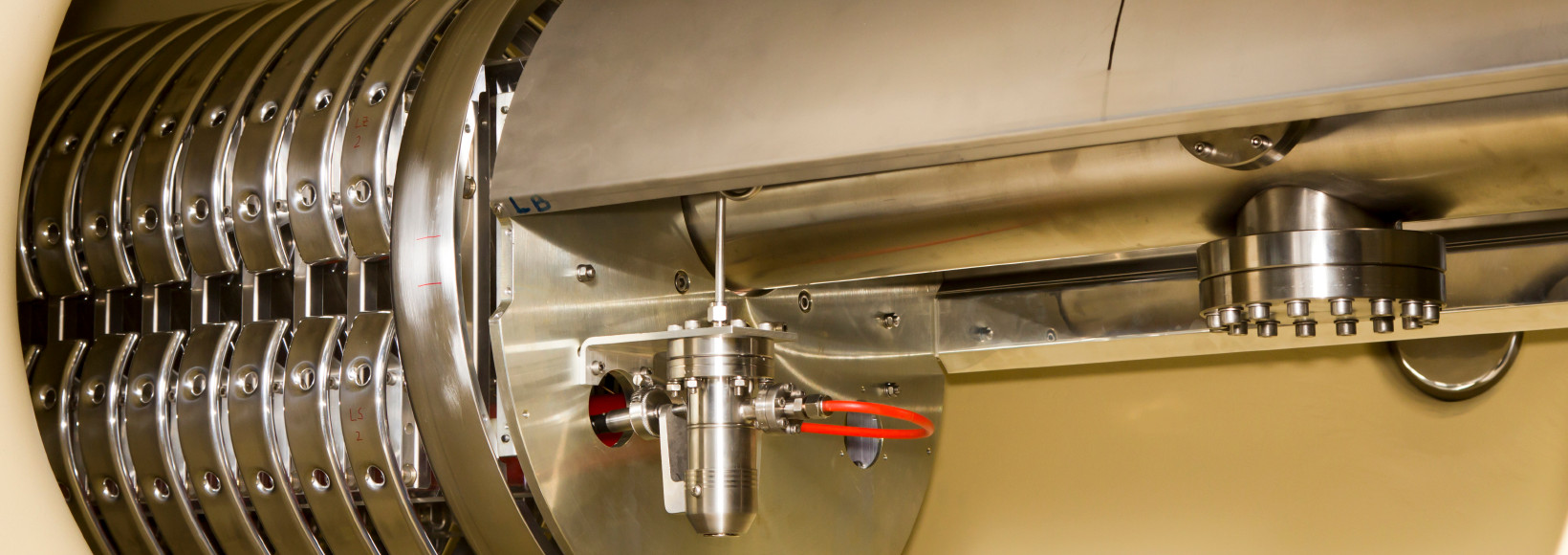

Convert a legacy application to run within a Docker container.In this article, our goal is to tackle this mindset by demonstrating how simple configurations can result in many benefits such as a reliable environment over production and development environments.īy the end of this post you will have learned how to: They say that Docker isn't good for development because it always needs to rebuild the entire image to reflect all new modifications.

Some developers turn up their noses when talking about using Docker for their development environment. This will allow you to convert a legacy application so it uses Docker, Docker volumes, and docker-compose.
Ionic livereload device how to#
Or perhaps you just want to play around with things and learn without needing to go deploying servers to Heroku, Digital Ocean, Linode, or elsewhere.In this post you'll learn how to configure a development environment with live-reload enabled. This is a neat little trick you can use, which comes in especially useful in the earlier stages of development where you might not have a proper backend set up yet. You don't even need to have your device plugged in via USB, as long as it is running on the same WiFi network it should work. This would allow the request to successfully be sent from the iOS/Android device to the server running locally on our computer. In our code, if we were sending an HTTP request to: We would just need to change it to: This means that we would be able to access this server through: In this example, we are assuming that the server is running over port 3000 but this might be different for your circumstances. Our local backend/server is also running at this same address, just on a different port. Which means that the Ionic application us running over port 8100 at the IP Address 192.168.0.105. We can use this address instead of localhost and it will allow us to access a server running on our computer from the Ionic application running on a device. What is important for us is the External address listed above. This is where the live development servers are running and where we can view the application. When you run this command, you should see a message like this pop up at some point: Development server running! Local: External: Use Ctrl+C to quit this process It is also possible to do this without Ionic and the Ionic CLI, see the documentation on live reload for more information. NOTE: This tutorial assumes you already understand the basics of using Capacitor with Ionic applications.
Ionic livereload device android#
Then just run the following command to get your application ready to run on iOS or Android: ionic cap run android -l -external
Ionic livereload device install#
In order to do this, you will need to install the native-run package globally if you have not already: npm install -g native-run As long as you are running your application on the same WiFi network, you will be able to access a server that is running on your computer from your external device. So, how do we forward these requests from our mobile device to the computer that is running the server/backend? Using the Ionic CLI to access localhost externallyįortunately, this is quite easy to do with the Ionic CLI and Capacitor.

Let's say you've got a server running on your machine at This is fine when you are testing your Ionic application on your computer because you can just send your HTTP requests to: But once you deploy the application as a native iOS or Android application to your device, this URL will no longer work since the context for localhost means that it will no longer be referring to the computer where your server is running. Using the Ionic CLI to access localhost externally How do you access localhost from a mobile device?


 0 kommentar(er)
0 kommentar(er)
